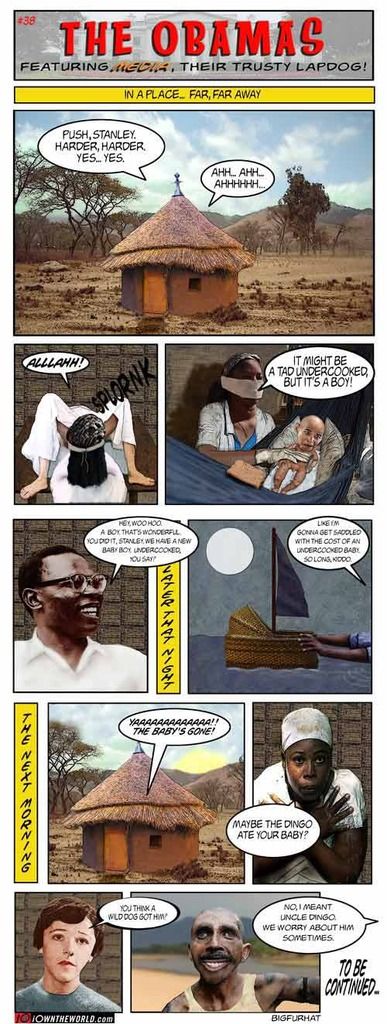The War Wagon
Full Access Member
... in the crapper, like THIS?!
Archaeologists unearth historical treasure trove from 300-year-old Philadelphia toilets






:iranmaybe:
Archaeologists unearth historical treasure trove from 300-year-old Philadelphia toilets



Instead of USELESS crap, like THIS?!Construction of the Museum of the American Revolution in Philadelphia has led to the discovery of a trove of historical artifacts that offers a fascinating glimpse into the city’s history.
Before construction began in Philadelphia's historic district in 2014, archaeologists from John Miller Associates (now Commonwealth Heritage Group) excavated the site for four months, returning briefly in April 2015 and May 2016. A well and 12 brick-lined privies (which are outhouse vaults that also stored garbage) dating back to the 17th century were found to contain a wealth of artifacts.The museum on the corner of Philadelphia’s 3rd and Chestnut Streets opens on April 19, 2017.
Two privies during the excavation. “The Success to the Tryphena” punch bowl came from the one on the right. (Commonwealth Heritage Group)
A spokeswoman for the museum told FoxNews.com that a total of 82,000 artifacts were discovered during the excavation, most of them from a well and privy shafts that were sealed beneath 19th century buildings. These buildings were taken down in the 1970s when the first Visitor’s Center for Independence Park was built on the site.
Many of the artifacts, some of which will be on display in the museum, appear to come from a mid 18th-century tavern on the site, such as red earthenware pottery.
The carefully reassembled pieces of an English delftware punch bowl are particularly notable. The bowl features a picture of the English brigantine ship Tryphena, which sailed between Liverpool, U.K. and Philadelphia. In 1765 the ship carried a petition from the merchants of Philadelphia to their counterparts in Great Britain to reconsider the controversial Stamp Act, the first direct tax imposed on the American colonists by the British Government.
Print type, which likely came from late 18th and early 19th-century print shops, was also recovered, along with hundreds of shell fragments, probably from a button factory located on the site between 1913 and World War II. The massive granite foundations of the Jayne Building, Philadelphia’s first skyscraper, were also found on Chestnut Street.
“The site is really a microcosm of Philadelphia history – tracing the evolution of the site from primarily residential in Colonial Times through tavern culture of the Revolutionto the site of Philadelphia’s first ‘skyscraper’ then to a button factory until the end of WWII and finally into the National Park Service’s Visitor Center in the 1970s,” explained the museum spokeswoman, in an email to FoxNews.com.
Commonwealth Heritage Group has detailed its findings in an extensive report on the excavation. “Cities are constantly rebuilding themselves, and the construction of this new museum – right in the heart of the oldest part of Philadelphia – provided us with a rare opportunity to examine the things left behind by the people who lived and worked there, in order to learn about how the city began and how it changed,” said lead archaeologist Rebecca Yamin, in a press release. “This buried record of the past touches on many significant changes in the city’s development, essentially creating a microcosm of Philadelphia from its very beginning to the present.”
The Museum of the American Revolution recently confirmed that it purchased a rare Bible from the battle of Bunker Hill that will be exhibited when it opens in 2017. The King James Bible is inscribed by American soldier Francis Merrifield, who thanks God for sparing his life in the bloody 1775 battle.
Follow James Rogers on Twitter @jamesjrogers


:iranmaybe:
